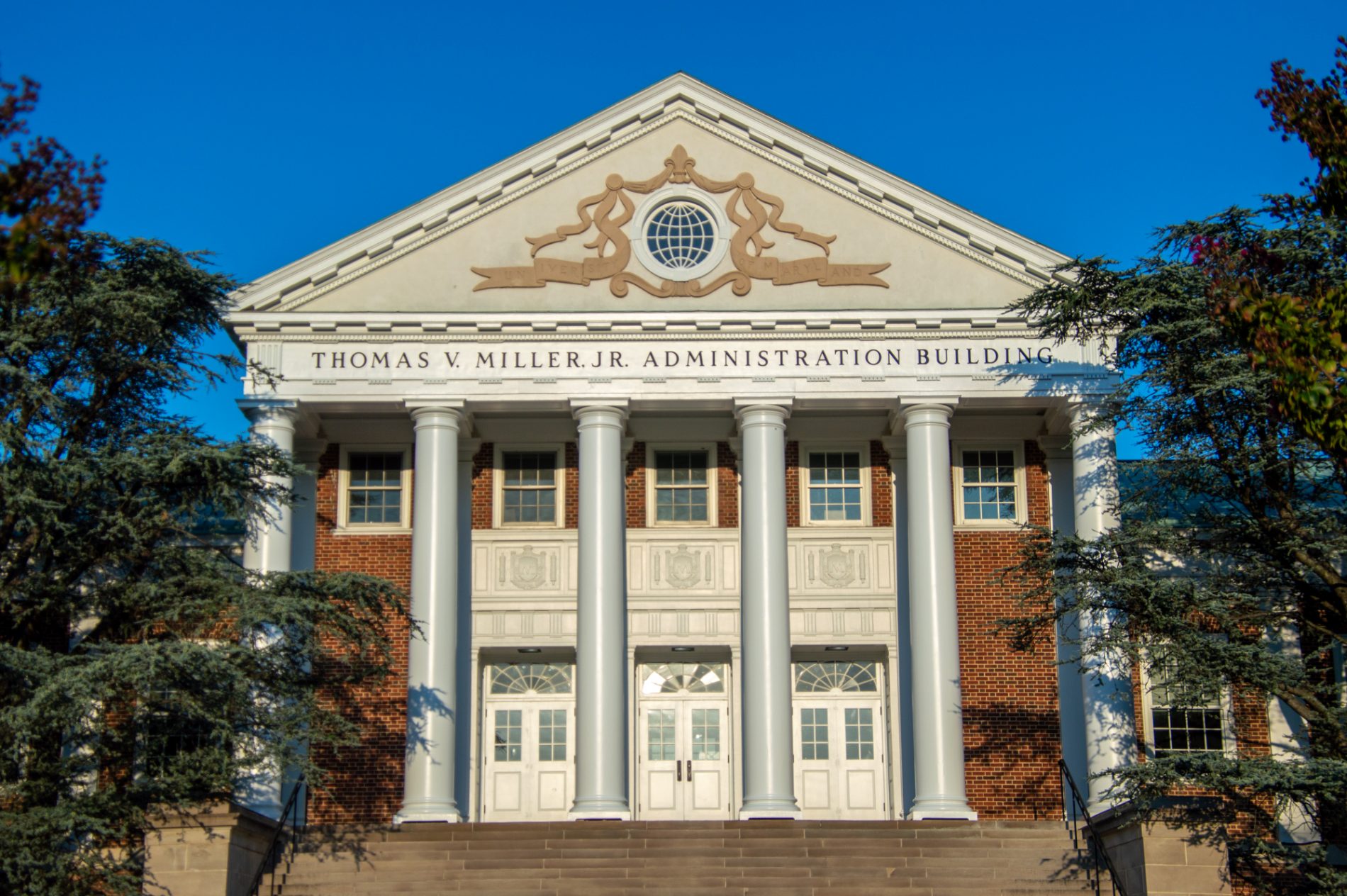Views expressed in opinion columns are the author’s own.
If there’s a recurring theme throughout my columns, it’s that the University of Maryland prioritizes prestige over all else. Prestige fuels the university’s decision-making process, whether it’s in deciding to overfund STEM and athletics, to take money from unethical-but-wealthy donors, to continue in-person classes or to generally refuse to acknowledge any errors it has made or problems it has. This is particularly salient regarding issues of race, as this university cares more about appearing as a safe, diverse and unified school than actually being one. This was the case when it released data about spiking freshman enrollment for Hispanic and Black or African American students.
Compared to many other colleges around the country, this university is fairly diverse. In fact, of over 3,500 schools ranked for diversity on College Factual, this university checked in at 132. But it’s no secret that higher education is a bastion for entrenched privilege. Even the freshman class, as diverse as the university claims it to be, is still only about 11 percent Black or African American and about 8 percent Hispanic, compared to the greater college age population, which as of 2017 was 14 percent Black and 22 percent Hispanic.
To be clear, a lack of racial diversity is a problem at many major colleges. Because of the system of entrenched wealth and education, I can’t entirely blame the university for lagging behind national population averages. But, at the very least, with as much emphasis as the administration puts on diversity, we can rightfully expect this university to generally increase these populations’ representation, year after year.
Unfortunately, this is not the case. Over the last eight years, the university has made few improvements to Black and Hispanic representation.
In 2012, this university taught 554 new Black students and 334 new Hispanic students, for a total of 888 — representing 22.7 percent of the freshman class. Jumping to the present, freshman enrollment included 487 Black or African American students and 357 Hispanic students, decreasing to 844 in total and falling to 19.6 percent of incoming freshmen.
If you’re confused by this drop, it might be because the university told you otherwise. University President Darryll Pines was ecstatic to say, for the first time ever, the university’s non-international freshman population is “majority minority.” This obfuscation exemplifies the way the administration intentionally misrepresents the diversity on campus.
To hide the — at best — stagnant number of Black and Hispanic students on campus, the administration lumps together non-international students of color as minorities, driving the primary racial diversity statistic to nearly 48 percent. The “students of color” supercategory is the only racial diversity statistic referenced on the University of Maryland Admissions’ “About UMD” page. This way, the university can combine the stats for the steadily growing Asian population on campus with the Black and Hispanic students to make it appear that this class is the “most diverse on record.”
This amalgamation implies that Asian people, who had a real median household income of over $80,000 in 2017, face the same barriers to education as Black and Hispanic people, who had real median household incomes of a little more than $40,000 and $50,000, respectively. This is simply not the case. This term is nothing more than a convenient catch-all for nonwhite students that the university can hide behind.
And Black or African American students are better represented in the state school system: From 2017 to 2019, the proportion of Black or African American students in Maryland public schools never dipped below one-third. But in the same time period at this university, that figure was never more than one in eight.
More likely than not, the administration doesn’t actually care about increasing the number of Black and Hispanic students on campus. It wants to maintain the facade of diversity without actually having to put in work to help recruit Black and Hispanic students. If they cared, administrators would focus on substantive outreach — not just boosting the university’s name recognition — to high-density Black and Hispanic communities, like providing support through educational programs to these students while they’re still young.
The lack of improving diversity we’ve seen is not surprising at all. Only once this university puts prestige aside and recognizes a problem in its process will we see substantive change. Until then, this administration will continue to do what it does best: hide the truth.
Jake Foley-Keene is a junior government and politics major. He can be reached at jakefoleykeene@gmail.com.



